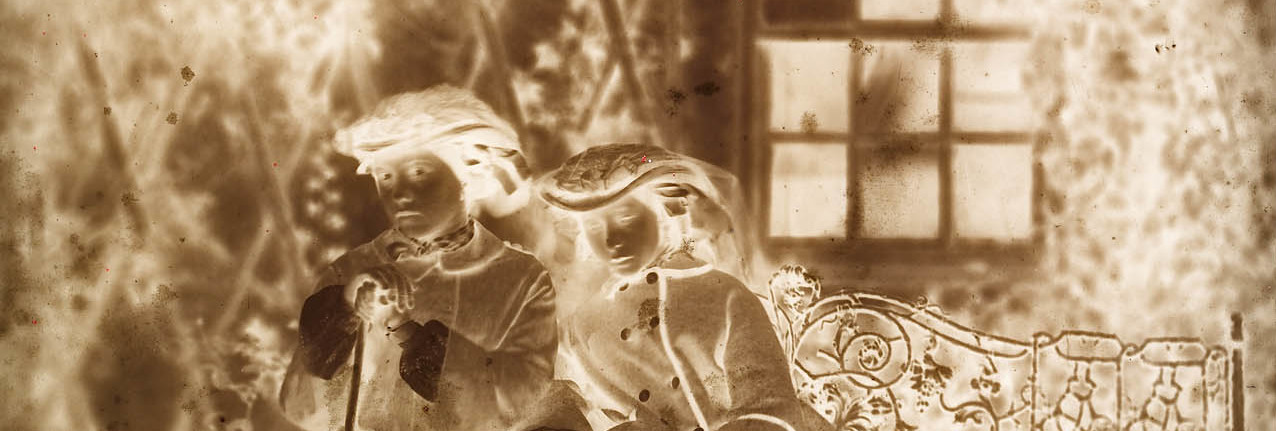
Learn more about the photographic techniques available in the mid-19th century
Wet collodion negative (glass plate)
As a practicing photographer, Frederick Scott Archer (1813–57) was discontent with the photographic methods available in the late 1840s. Archer hoped to invent a method that produced sharper prints and required relatively shorter exposure times as compared to the calotype and daguerreotype process. With this aim, Archer invented the wet collodion negative in 1851.
Archer’s wet collodion process proved to be highly sensitive, enabling quicker exposures and sharper, detailed photographs. Like the calotype negative, the wet collodion process enabled numerous prints to be made from the one negative. Furthermore, the method was cheaper than other available methods.
A wet collodion negative is produced through coating a clean glass plate with collodion. The plate is then made photosensitive through immersion in a bath of silver nitrate. The plate is inserted into the camera and an exposure made, typically lasting only a few seconds. The plate is then developed and fixed.
The main difficulty of the wet plate process was the photograph had to be quickly exposed in the brief period when the plate was wet. This meant the photographer often had to travel with a portable darkroom and heavy equipment, including multiple chemicals. Remarkably, Roger Fenton (1819–69) produced numerous captivating photographs of the Crimean War using the wet plate method in hot and potentially dangerous conditions. Upon returning to Britain, Fenton photographed the royal family, including this portrait, shown on the right, of Victoria, Princess Royal, later Empress of Germany (1840–1901) and her sister Princess Alice, later Grand Duchess of Hesse and by Rhine (1843–78) posed at Balmoral.
Archer did not patent the wet collodion process based on his belief in sharing the medium without restriction and encouraging photographic production. The medium would thus have a significant impact on the commercial and artistic possibilities of photography. The British Journal of Photography reported in 1875, ‘[c]ollodion portraiture became a necessity; it was practised by tens of thousands in every town and village both at home and abroad; fortunes were made in a brief period of time’. Yet Archer did not benefit from the vast uptake of the medium. He died impoverished and prematurely in 1857.
Prince Albert and Queen Victoria collected a large number of glass plate negatives, providing an important material record of their commissions.







